National Indigenous People’s Day in Canada takes place on the summer solstice, the longest day of the year. It is a time to celebrate the cultures, languages, traditions and spirituality of First Nations, Inuit and Metis communities. Below is one experience of the beautiful spirituality.
Almost a year ago a friend of mine lost her husband. He was an Indigenous elder, sweat lodge keeper, pipe carrier and very generous with his cultural knowledge. A sacred fire was lit and people were invited to come and spend some time there to honour his spirit. I accepted that invitation.
Image: Toa Heftiba/Unsplash
Never having been to a sacred fire I had no idea what a lasting gift it would turn out to be for me. As I approached the property a woman dressed in a ribbon skirt welcomed me and assisted me to the location of the fire. Then a young man approached me with a bowl of smoldering sage and assisted me in a smudging ritual intended to purify, heal, and connect one with the spirit world. Another young man invited me to the opening of a large circle, gifted me with cedar and tobacco, invited me to have a moment of reflection then enter the circle and offer those gifts into the sacred fire. Following that I proceeded around the circle to greet my friend and her family. We visited for a while then I moved on as more people entered this very sacred space. I sat in the circle for some time noticing with great admiration the community spirit demonstrated in action. Several young men volunteered to tend the sacred fire, 24/7 for the 4 days. All the wood for the fire was donated. Food was available outside the circle, again donated by the community. There was storytelling, laughter, and peace within the circle.
If you have the opportunity to gain experience from your Indigenous neighbours, I encourage you to do so where peace and wisdom await you.
-Maureen Condon, CSJ Associate









